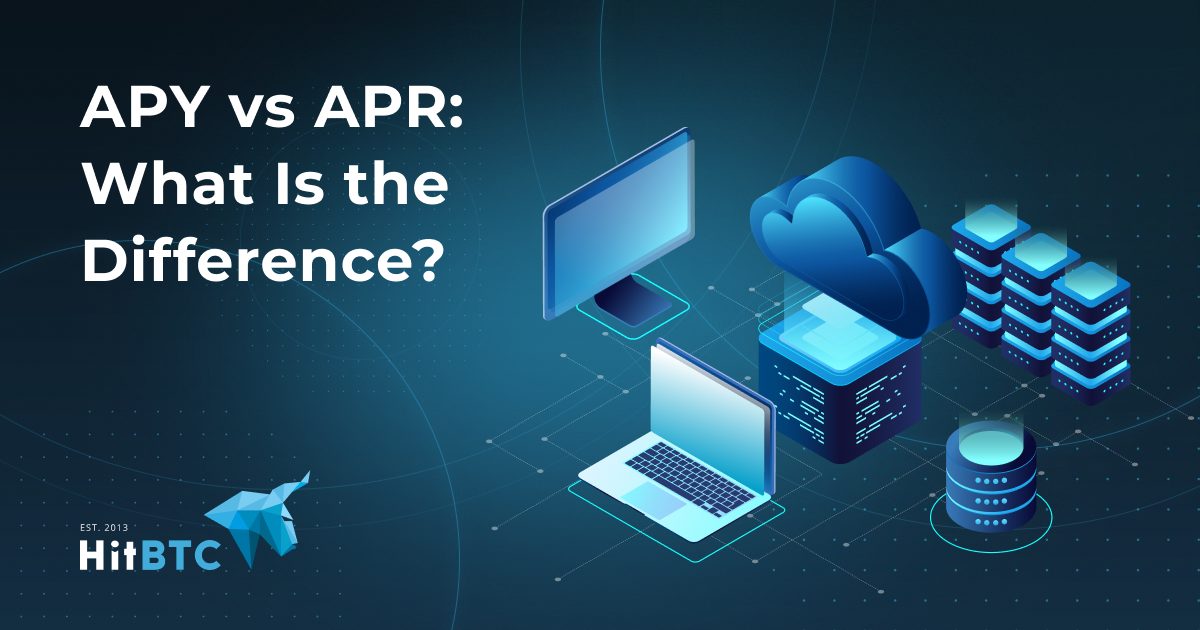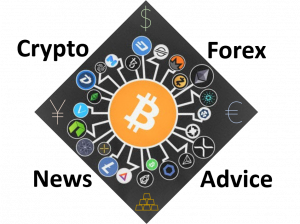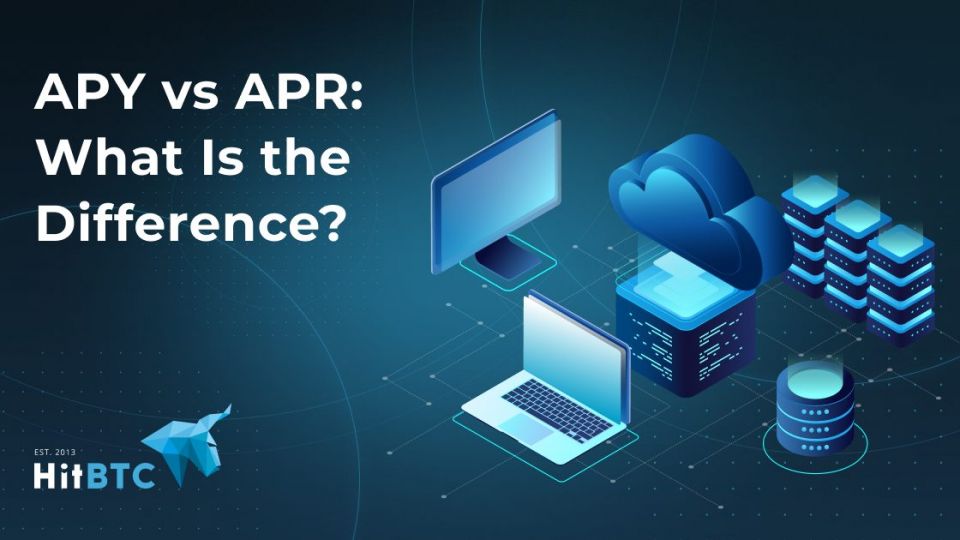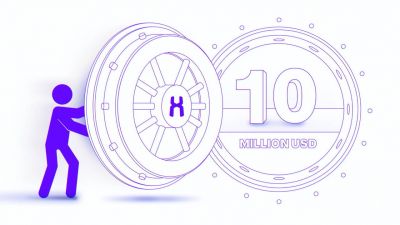
APY and APR are two widely used terms in the cryptocurrency industry that every trader or investor comes across at some point. In our previous post, we explained that APY, based on compound interest, paves the way to earning a greater profit than simple holding. APR may sound similar but stands for a different measurement.
In this piece, we will explain the difference between APY and APR and how to calculate them correctly.
What APR Is and How It Is Different From APY
APR, short for annual percentage rate, is relevant for two parties: a lender and a borrower. APR represents an annual interest rate that the lender earns on the money they have lent and that the borrower pays for using it.
Say, you lend1,000 ETH with a 10% APR. One year later, you will receive 100 ETH in interest and have a total of 1,100 ETH. So while lenders stick to high APR rates, borrowers, in turn, should aim for lower APR to pay less in interest.
APY (annual percentage yield) is slightly more complex. As daily, weekly, or monthly compound rate comes into the picture, the lender receives their interest each day, week, or month as applicable. Thus, your overall earnings will be higher.
With APY, the longer you hold, the more profit you get. Additionally, you can increase your gains by choosing an APY with higher frequency – from this perspective, daily compounding is the most profitable option.
Comparing Interest Rates
When looking for a suitable investment product, make sure you fully understand the offering and do not confuse APR for APY. Depending on the product, it can provide either APR or APY rates, and, as we have found out earlier, the interest rates you are yielding can be very different.
Surprisingly, a product with high APY is not always a better option than the one with lower APR. There is no lack of online tools that help compare two different rates by converting them, considering you know the compounding frequency.
When comparing crypto investment products, always check their compounding periods. Their APR rate might be the same, but when one is compounded daily and the other one is monthly, the former is likely to be more profitable.
One more thing to keep in mind is that cryptocurrency assets are volatile. If a product’s APY refers to the crypto rewards, not fiat returns, in the worst-case scenario you might end up with less fiat money than you have invested. This may occur when the asset price drops significantly. Should that happen, even the compounding interest can hardly save the day.
The HitBTC exchange provides some exciting opportunities for earning APY via staking. For example, the AXS token is one of the most profitable options with its 40% APY rate. Apart from that, there is a good range of other coins and tokens available.
Besides, HitBTC supports liquid staking, meaning that you can access your funds at any time and the rewards are accrued on a minimum daily balance of the asset you are holding.
Summing Up
APR and APY are two essential concepts that help figure out how to manage personal finances. APR offers a fixed yearly rate, while APY allows investors to earn interest on top of their daily, weekly, or monthly accumulated interest. Typically, frequent compounding means higher profit, but you should always double-check the conditions and compare different products before making the final decision.
That being said, HitBTC is still one of the safest exchange options offering a wide range of investment products with some of the best rates on the market.
Сrypto wallet App
The HitBTC crypto wallet is a free and simple solution for beginners.
Fees and Limits update
We have recently updated our fees and limits. For the latest updates, please visit the fees and limits section on our website here.
HitBTC Mobile AppDon’t forget that you can trade on our platform from your mobile device. Start today by downloading the HitBTC App on Android and iOS.
Go to Source
Author: HitBTC Team




